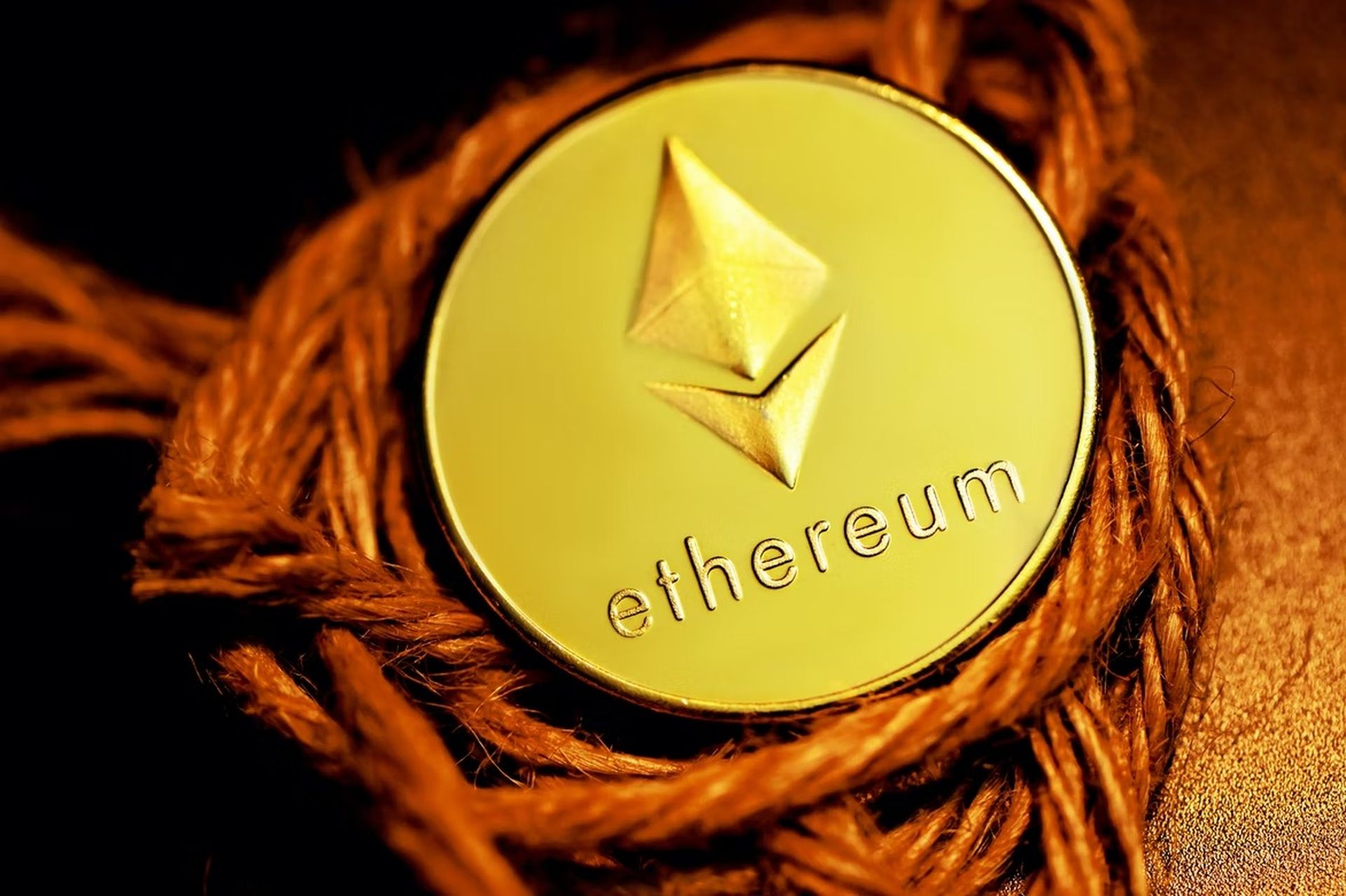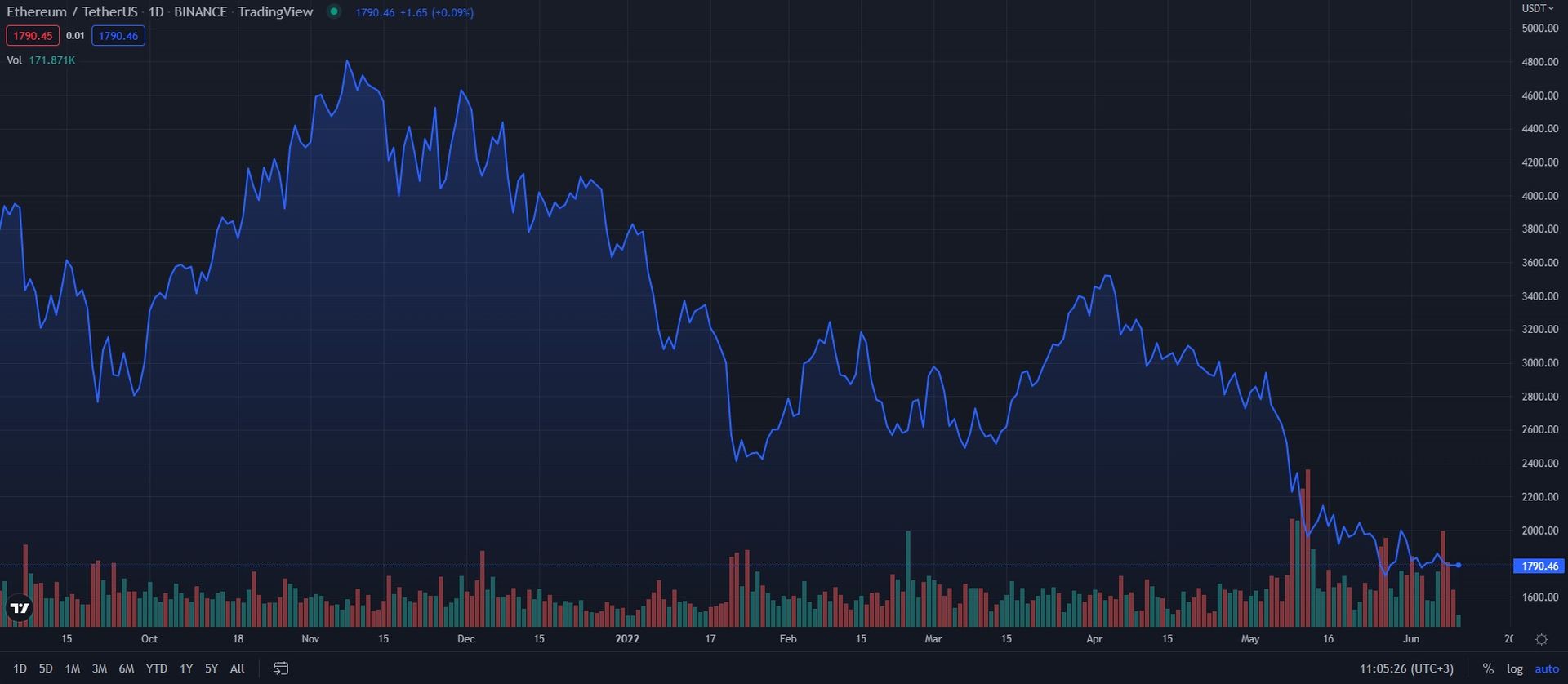ETH 2.0 is getting closer every day, let’s review when in the ETH merge, what is Ethereum halving, price prediction after the merge, the effect on alt coins and more.
On March 14, 2022, Ethereum 2.0, the Ethereum foundation’s ultimate objective, moved one step closer to reality. On Monday, the Ethereum Foundation announced that “The Merge” was completed on Kiln, the last testnet (a working prototype). Ether (ETH), the native currency of Ethereum, immediately rose above $3,000 for the first time in two weeks.
When is the ETH merge?
For altcoins, the Ethereum Merge marks the switch from proof of work to proof of stake. Buterin revealed the “Merger” date after numerous delays last year.
He declared that the Ethereum Merge is the most essential event on the altcoin development calendar for 2022 at the Web 3.0 ETH Developers Summit in September. In July 2022, Ethereum developers will be done with all of their Proof-of-Stake work, which has been going on for nearly seven years.
On the Permissionless panel, Ethereum’s lead developer, Preston Van Loon, said that the Ethereum Merge will be released in August. Vitalik Buterin confirmed the news, noting that it is dependent on code problems encountered during development; if everything goes according to plan, summer 2022 would be a good time to convert from proof-of-work to proof-of-stack.
Before we explain Ethereum halving, we need to understand what Ethereum 2.0 aims to address and why it is taking place before we go into how it differs from Ethereum and its significance. Ethereum Founder announced the coin’s priorities in 2022, and no surprise the transformation to ETH 2.0 is one of the most important headlines.

The Blockchain Trilemma
The term “Blockchain Trilemma” was first used by Ethereum co-creator Vitalik Buterin to describe the difficulties that developers face while creating a well-balanced blockchain ecosystem. It refers to the idea that a blockchain should ideally be decentralized, scalable, and secure all at once—without sacrificing any of those characteristics. This balance is often lost in any project. And, Ethereum is no exception.
To make transactions possible, Ethereum is utilizing the Proof-of-Work (PoW) consensus mechanism, which is energy-consuming and difficult to scale.
Ethereum currently processes a maximum of 30 transactions per second (TPS), resulting in lengthy wait times and costly fees of up to $200 per transaction. When compared with Solana’s 65,000 TPS and near-zero transaction cost, Ethereum appears to be in a negative light.
So, how can Ethereum’s scalability problem be addressed in order to create a fair blockchain? The answer is the following: Ethereum 2.0 (Serenity).
What is Ethereum 2.0?
Serenity is a code name for Ethereum 2.0, also known as ETH 2.0. Its main goal is to increase capacity, lower transaction costs, and ensure the network’s long-term viability. To this end, Ethereum will shift from a Proof-of-Work consensus mechanism to a Proof-of-Stake (PoS) mechanism.
PoW, or proof of work, is a mechanism used to secure the blockchain. In a nutshell, thousands of computer users (miners) compete against each other in order to process transactions and gain rewards. As a result, the procedure is both energy- and time-consuming.
In the PoS model, “stake pools” are used to accomplish the task. The size of the pool (the number of coins and the length of time they are kept) determines who gets to submit transaction data to the block and earn the associated profits, making it more environmentally friendly.
The shift to a proof-of-work consensus mechanism will decrease hardware requirements, lowering entry barriers, reducing energy consumption, and improving efficiency. Some popular blockchain platforms like Solana, Cardano, Avalanche, and Polkadot utilize the PoS model.

How Does Scaling Happen in ETH 2.0?
The capacity problems Ethereum 1.0 faces can be addressed by moving to PoS. The Ethereum blockchain has a limited data storage capacity at any one moment, which leads to unnecessary delays and higher costs.
Sharding is a scaling technique utilized in newer PoS blockchains, such as Ethereum 2.0, to distribute data across several machines on the PoS network and address scalability concerns.
ETH 2.0 launch date
Ethereum was created in 2015, and the move toward a more long-term PoS system began in 2017. The actual upgrade began in 2020, with regular updates expected until around 2022. The Ethereum 2.0 transition is divided into three phases, with phase 0 now in use by some users.
Phase 0
The Ethereum team was initially confronted with the challenge of how to make the transfer without disrupting the network.
The solution they discovered was the Beacon chain, an independent PoS network developed to operate alongside the existing PoW Ethereum mainnet. In relation to setting up Ethereum for staking, the chain’s performance has been good since its debut in December 2020.

Phase 1
Ethereum is currently living two distinct lives—one as the major Ethereum, which utilizes Proof of Work (PoW), and the other as Beacon, an Ethereum-based proof-of-stake coin.
In the second stage, known as The Merge or The Docking, that opposition is overcome. As the name implies, the present step is to officially integrate the Beacon chain with the existing Ethereum network
The last testnet, called Kiln, debuted last week. The ultimate merge is scheduled to occur in June or July of this year.
The Merge is a critical step in addressing the Blockchain Trilemma. The current merge’s benefit is that Ether (ETH) blockchain holders are no longer required to take action throughout the process. But to get more things clear, we also need to address Ethereum halving and explain everything in detail.
Phase 2
Post the Merge, phase 3 will be Sharding. This is scheduled to happen in 2022, when Ethereum’s transactional capacity will be enhanced.
Ethereum halving
On August 5, 2021, the EIP-1559 or The London Hard Fork was released. The hard fork was part of the larger Ethereum 2.0 transition, and its main aim was to enhance transaction speed. To summarize, the upgrade involves decreasing ETH supply in circulation by burning it, resulting in a “deflationary pressure” on the network. Simply said, scarcity will cause the value of ETH to rise.
In essence, the process is similar to that of Bitcoin halving, which takes place every four years. It’s been dubbed Triple Halving because it’s equivalent to three Bitcoin halvings. According to the Ethereum Triple Halving report, ETH prices should rise significantly as the altcoin approaches “The Merge.” Nikhil Shamapant, an Ethereum researcher and analyst came up with the idea. Chanapant proposed that Bitcoin’s halving might act as a catalyst and cause a breakout in the altcoin market when Ethereum shifts from PoW to PoS, for example.
The migration to Proof of Stake and EIP-1559, when combined with the progression toward a PoS Ethereum, will significantly lower the amount of ETH generated.

Ethereum merge price prediction
The need for ETH may increase dramatically in the coming days, as Ethereum cuts nearly 99% of its energy use after the Merge and Ethereum halving. This, combined with the built-in deflationary pressure, might cause prices to skyrocket.
According to industry experts, Ethereum 2.0 will cement the crypto’s place as a leader in DeFi and Web3, leaving little room for rivals. However, for the prophecy to be fulfilled, a successful Merge followed by Sharding and scalability is required.
According to the Ethereum Triple Halving report, ETH prices should rise significantly as the altcoin approaches “The Merge.” According to Nikhil Shamapant, an Ethereum researcher and analyst, he came up with the Ethereum halving. Chanapant proposed that bitcoin’s halving might act as a catalyst and cause a breakout in the altcoin market when Ethereum shifts from PoW to PoS, for example. Check out our LUNA 2.0 price prediction, if you are a crypto player who loves to follow alt coin movements.
ETH price
At the time of writing, ETH is valued at $1790.46, according to the TradingView data.






